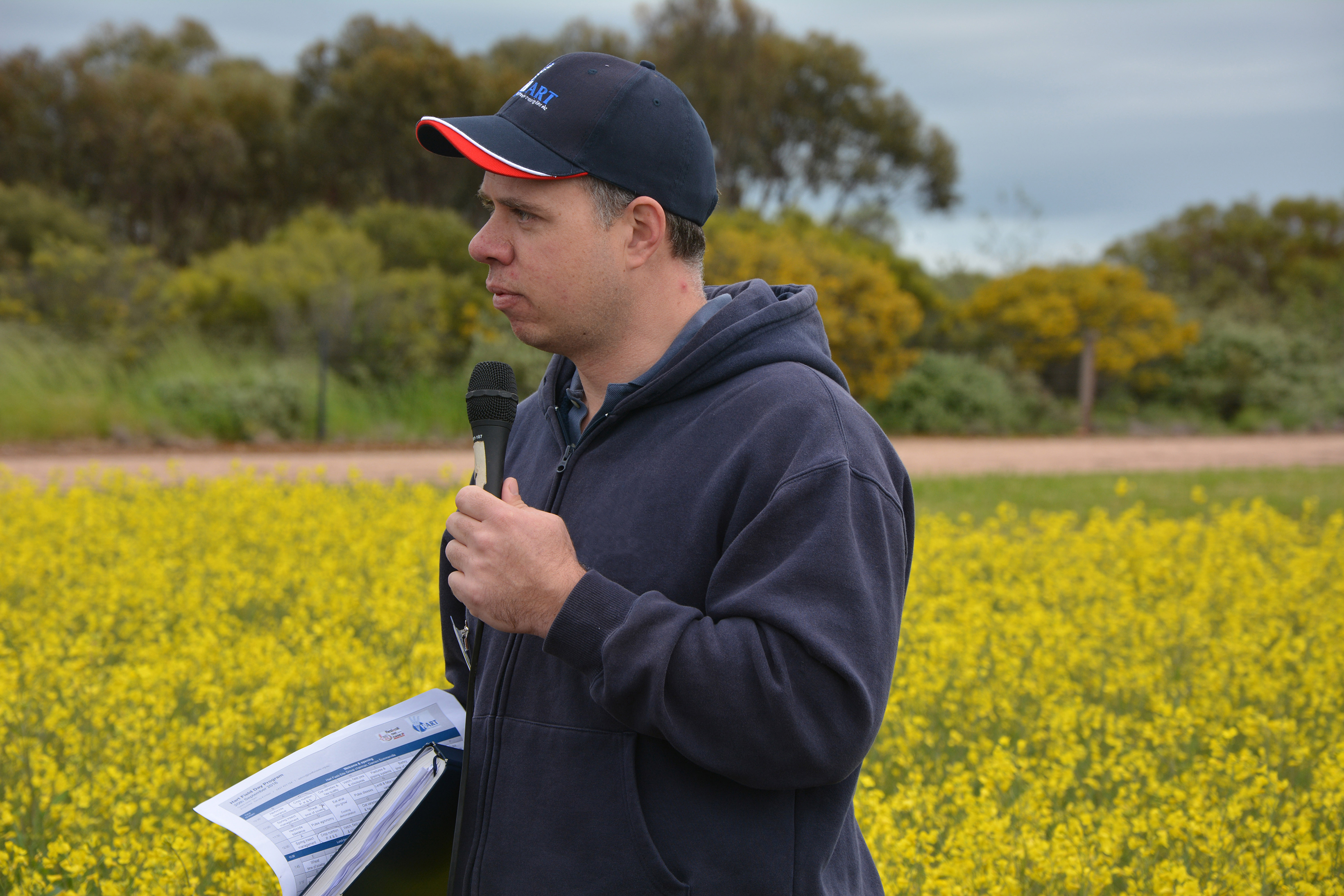Growers can make pre-sowing soil health and fertiliser management decisions with confidence thanks to a series of informative videos and other resources produced by the Grains Research and Development Corporation (GRDC).
The Best Practice Soil Testing procedural videos have been developed as part of the GRDC investment, ‘Using soil and plant testing data to better inform nutrient management and optimise fertiliser investments for grain growers in the southern region’.
The three-year investment, led by Agronomy Solutions in conjunction with Australian Precision Ag Laboratory (APAL), CSIRO, Nutrien Ag Solutions (formerly Landmark), Hart Field-Site Group and AgCommunicators, aims to demonstrate the value of soil and plant testing for profitable fertiliser use to growers who may not have a regular testing program in place.
Pre-sowing soil testing helps establish crop nutrition budget
Pre-sowing is an optimal time to analyse data from previous seasons to help plan an effective soil management strategy and to identify any variations in soil type, fertility and structure which can affect crop performance.
Agronomy Solutions director Sean Mason recommends soil testing within six to eight weeks of sowing for accurate nitrogen results.

“Soil nitrogen can change dramatically due to climatic conditions such as rainfall, which can influence nitrogen mineralisation in the soil so it is important to test for nitrogen prior to sowing,” he says.
“Other soil nutrients or characteristics can be sampled any time after harvest.”
Read the full article:
Devising a soil testing strategy
Devising a soil testing strategy prior to soil sampling is important as paddocks usually have areas of varying productivity. Therefore, determining high and low production zones is crucial to know where to collect samples from and to begin to understand what is driving productivity.
Despite most producers having a good sense of the variability in their paddocks, yield or normalised difference vegetation index (NDVI) data can accurately set soil sampling locations within high or low production zones.

Dr Mason recommends soil testing about 20 per cent of the farm each year, however some growers may look at more intensive testing.
“I encourage growers to try to be consistent with the time of sampling year-to-year for comparable results,” he says.
“It is also important to take separate soil samples representative of the different production zones or soil types, rather than trying to get a paddock average across a transect.”
While this requires more samples, the results will indicate what is causing the variation and whether poor performing areas of the paddock might be improved through fertiliser applications or soil amelioration. In some cases, it may indicate a saving on fertiliser in some zones.
The specific location of sampling sites is also an important factor to consider as some nutrients, such as phosphorus and potassium, can be more concentrated in areas such as last year’s crop row.
“The majority of the soil samples should be taken within the inter-row, rather than on-row,” Dr Mason says.
Fertcare recommends taking about eight to 10 soil cores between the rows for every core on the row, if the row spacing is 25 centimetres. If the row spacing is 35cm, this increases to 12 to 15 cores between rows for every core taken on-row.
“This will provide us with more accurate results and recommendations for the coming year,” Dr Mason says.
See the








